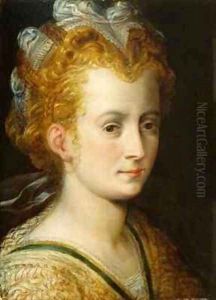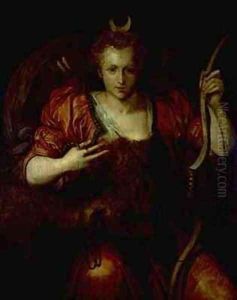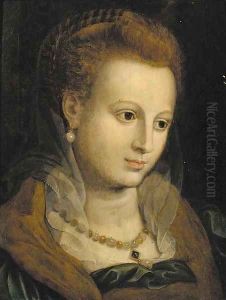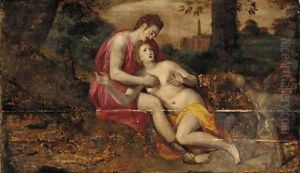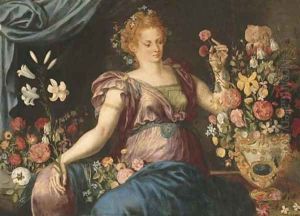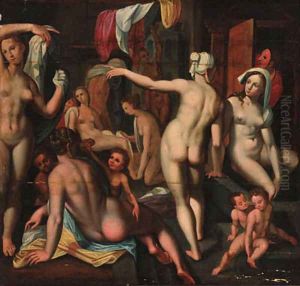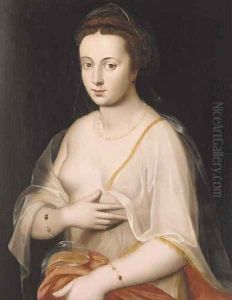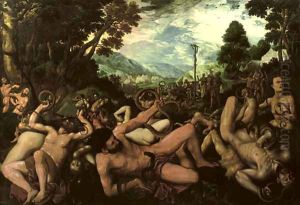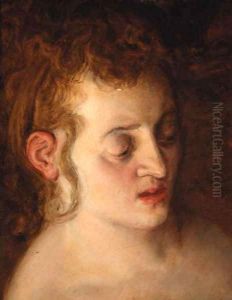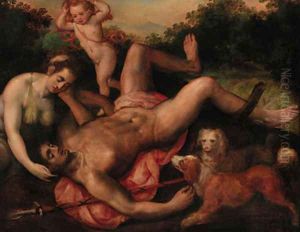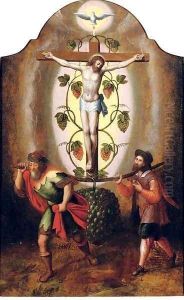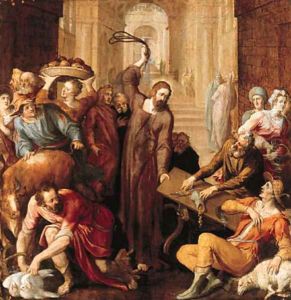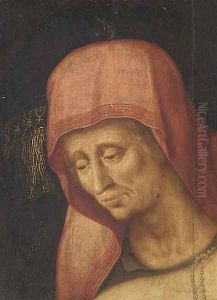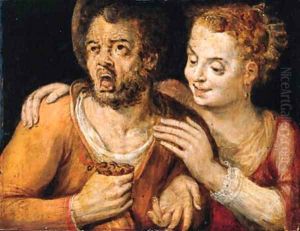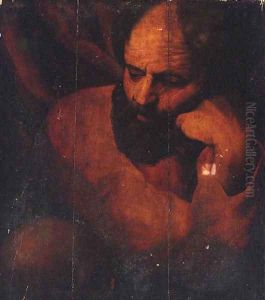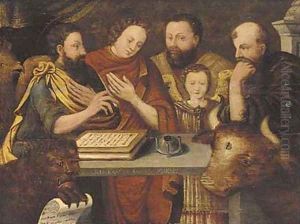Frans Floris Paintings
Frans Floris, or Frans Floris de Vriendt, was a pivotal figure in the Northern Renaissance, born in 1519 in Antwerp, then part of the Habsburg Netherlands. Coming from a family with a strong artistic lineage, Floris embarked on his artistic journey influenced by the Italian Renaissance, a movement he became intimately acquainted with during his travels to Italy in the 1540s. It was in Rome where he absorbed the works of Michelangelo and Raphael, influences that would profoundly shape his style and approach to art upon his return to Antwerp. Upon returning to his homeland, Floris became a leading force in introducing and disseminating Renaissance ideals. His workshop was one of the largest in Antwerp, attracting numerous students and assistants, among them were notable figures such as Crispin van den Broeck and Martin de Vos. Floris’s work, characterized by dynamic compositions, a sophisticated use of color, and a blend of classical and Northern elements, played a crucial role in the development of Flemish art. He was adept in various mediums, including painting, drawing, and printmaking, and his subjects ranged from mythological and religious scenes to portraits. Despite his success, Floris’s later years were marked by financial difficulties and personal challenges, leading to a decline in his output and quality of work. He died in Antwerp in 1570, leaving behind a legacy that had a lasting impact on the Flemish Renaissance. His brother, Cornelis Floris, was also a prominent artist and architect, further cementing the Floris family's contribution to the arts. Today, Frans Floris is remembered for his role in bridging the Italian Renaissance and Northern European artistic traditions, his influence evident in the generations of artists that followed.
